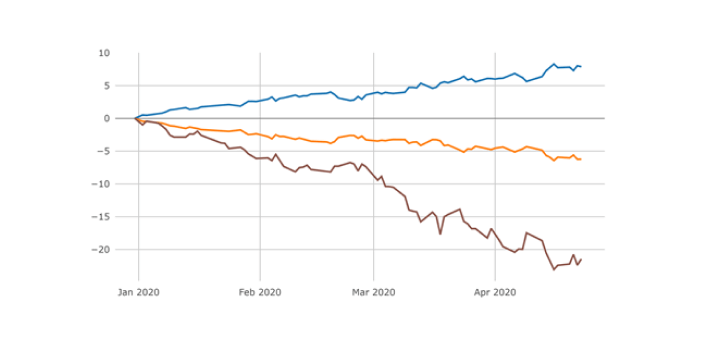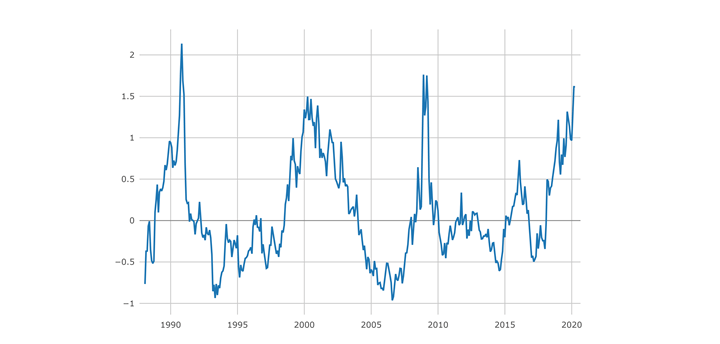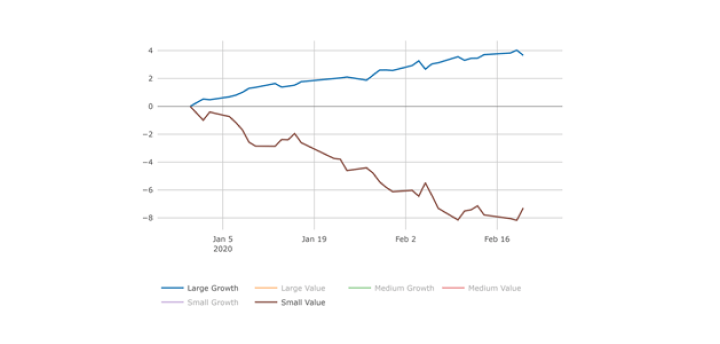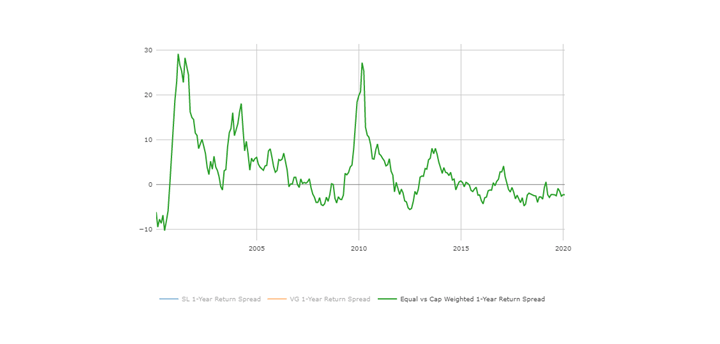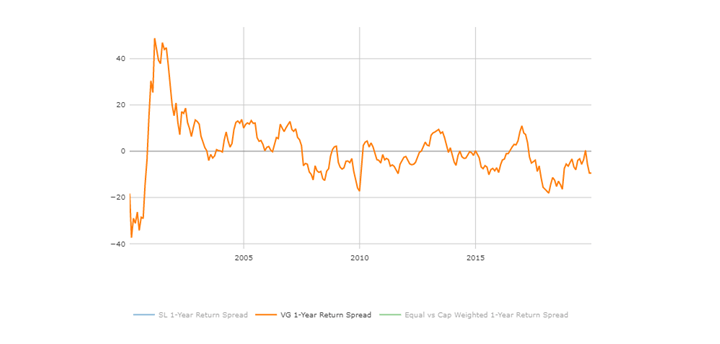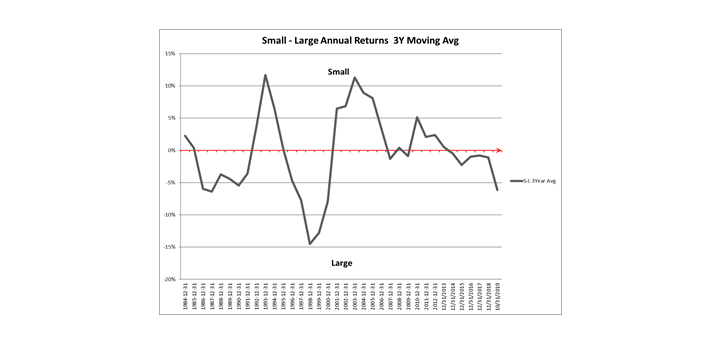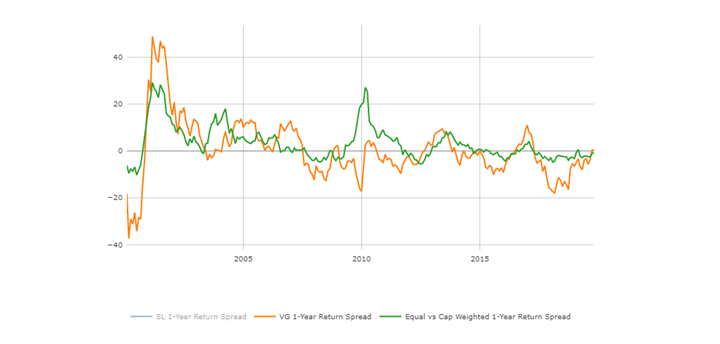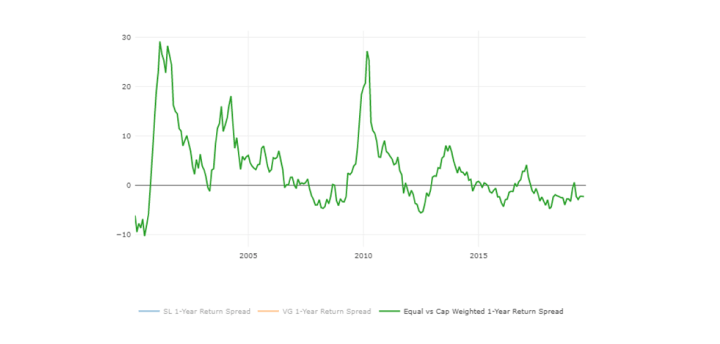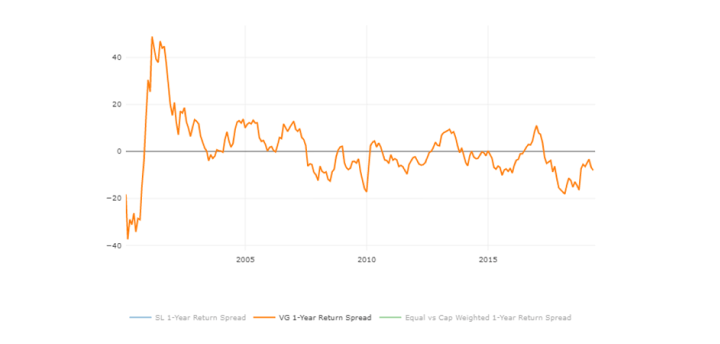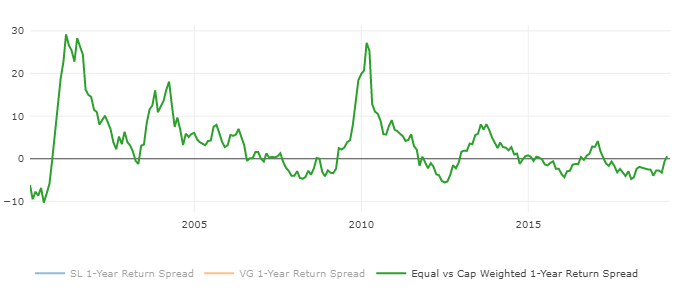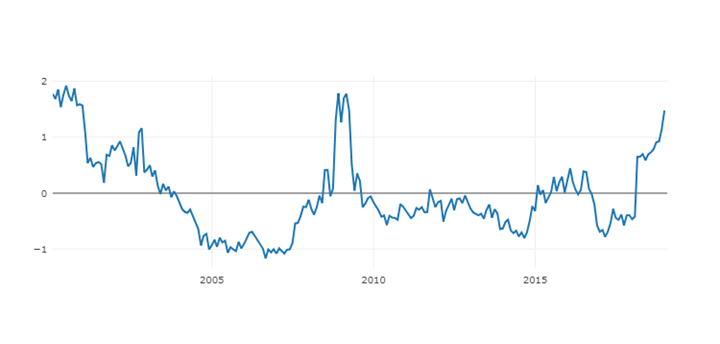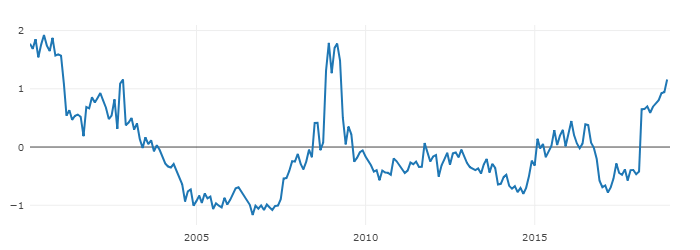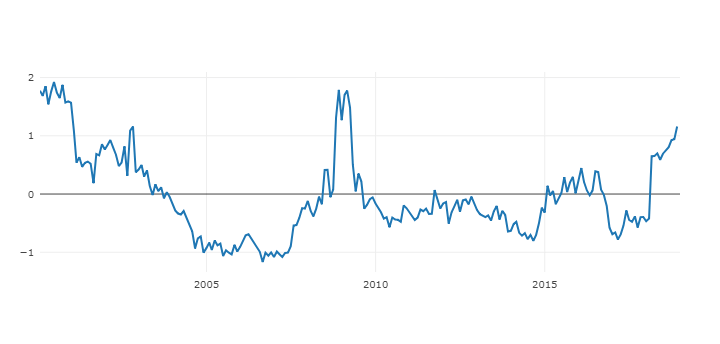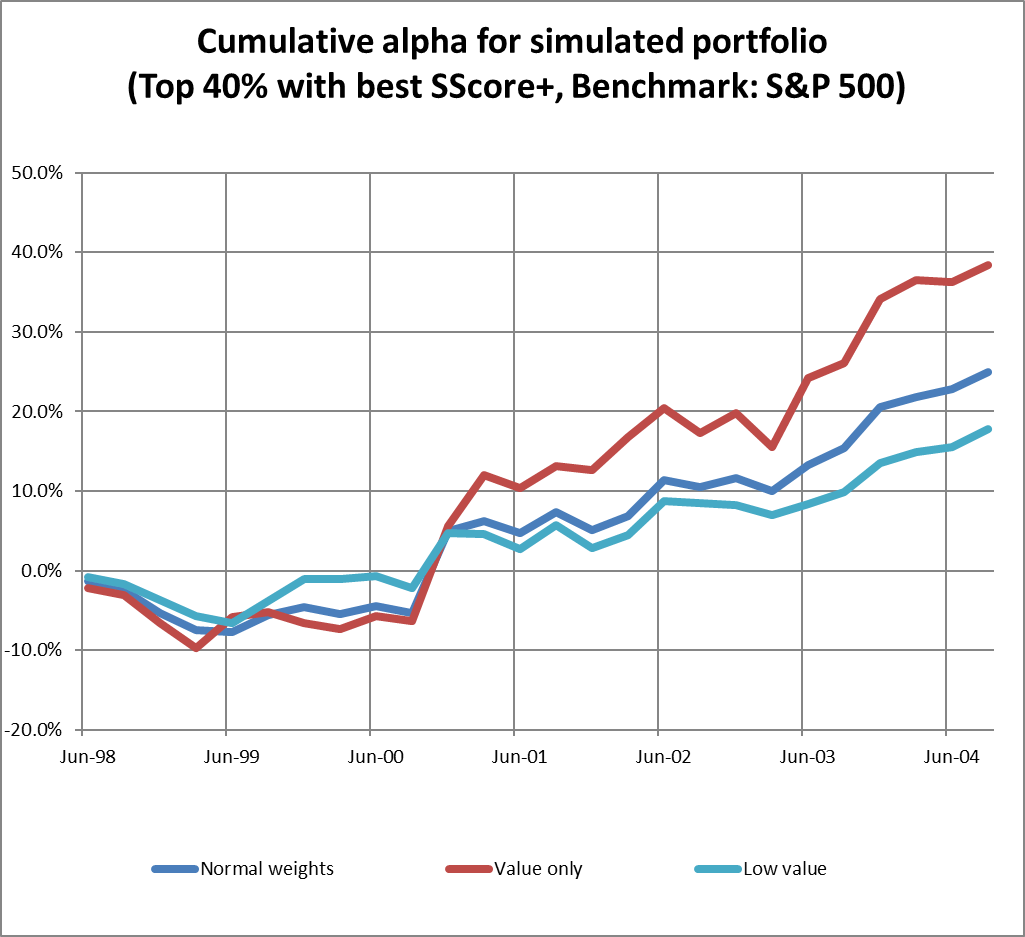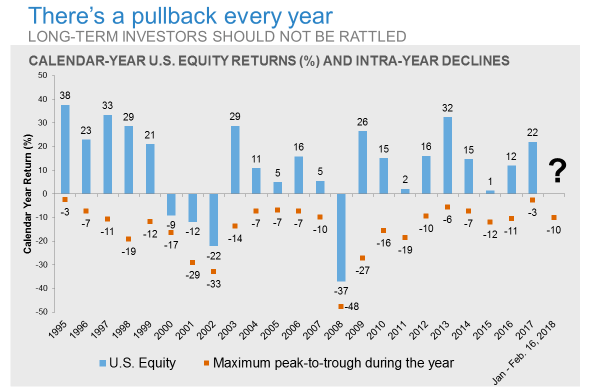
US economics, inflation, and the Fed
The U.S. inflation situation remains uncertain. While the July increases for the Consumer Price Index (CPI) and the core CPI moderated year-to-year, producer (wholesale) prices came in stronger than anticipated, and inflation in the labor market, as measured by the average hourly wage, rose as well.
Wall Street is unsure about the impact of the Federal Reserve’s upcoming policy decision, with the likelihood of a pause in September. However, the possibility of another quarter-point hike to the federal funds rate, to 5.50%-5.75%, remains on the table. This uncertainty, along with indications of prolonged elevated interest rates, has led to higher Treasury yields and pressure on growth-focused equities.
The Fed’s challenge in managing inflation involves avoiding excessive monetary tightening that could strain the financial system. Concerns about U.S. regional banks have resurfaced due to credit rating downgrades, as these banks are susceptible to nervous depositors, higher interest rate risks, and a weakening commercial real estate market. This has led to reduced lending, posing challenges for future growth.
Nevertheless, the US economy keeps expanding. Consumer spending remains robust, evident from a stronger-than-expected 0.7% retail sales increase in July. However, this comes alongside growing credit card balances, with the Federal Reserve Bank reporting a rise to $1.03 trillion in the second quarter. Moreover, student loan repayments are set to resume, putting additional stress on household budgets. A potential reduction in consumer spending, which has been a key driver of the U.S. economy, could compromise domestic growth. At the moment, a healthy job market provides necessary support to consumption and employment statistics. The Signet investment team is watching this closely in the coming months.
Global economy
J.P. Morgan’s global economic analysis focused on tracking the business cycle and identified two key forces at play. Their second half-of-the-year forecast is built on expectations of private sector expansion and patient action from developed market central bankers amidst moderating inflation. This backdrop suggests the global expansion will persist despite monetary tightening, with potential for a rebound in the global industry, although concerns linger about weakness in Western Europe and China.
Alongside this constructive near-term motion are the seeds being laid for an eventual end to the expansion. Persistently elevated global inflation could force central banks to remain restrictive and push harder. This ongoing constraint on demand and credit availability could undermine business sector health and expansion. J.P. Morgan’s view is that these dynamics build slowly, with risks skewed toward a recession by the end of 2024 that is more synchronized globally.
Stock market and equity portfolio rebalancing
Compared to the start of the year, clearly, investor expectations, market positioning, and equity valuations have moved up. Recession projections have been erased, with soft/no landing the new base case. The second-quarter earnings season went better than expected with 80% of companies beating expectations.
As Professor Siegel of Wharton Business School puts it:
“Stocks are priced around twenty times earnings with a 5% earnings yield. The simple math gives us a 3% equity risk premium that stocks are priced at over TIPS bonds. This 3% equity premium is very close to the historical equity premium I show in the 220 years of history I documented in my book Stocks for the Long Run. I showed stocks delivered an inflation-adjusted 6.7% over most long-term time periods and bonds delivered 3.5% over the longest period — giving a close to 3% equity premium. This suggests stocks are currently priced on par with their past excess returns. Of course, both stocks and bonds are priced to deliver lower absolute levels than they did — but the reduction is now similar for both stocks and bonds.”
Portfolio rebalancing
Sectors: Recently Signet investment team rebalanced our actively managed equity strategies. We maintained our barbell approach (although we narrowed it down a bit, over-emphasizing more profitable companies). It made sense to keep exposure to Large Growth At Reasonable Price companies (IT, Communications, some Discretionary). This cohort of Large Growers outperformed their expensive peers as rates had risen. However, we liked cyclicals at attractive valuation levels as well, and we found it appropriate to maintain a healthy exposure to Consumer Discretionary, Financials, Industrials, and IT.
Especially considering that many sectors such as larger Financials, Energy, and Materials provide a natural hedge against inflation or rising interest rates. We stayed less attracted to Utilities. We maintained adequate exposure to Healthcare, which worked really well in 2022 as a hedge.
Signet proprietary sector forecast (as of July 2023)

Style and score composition: Judging by Signet’s proprietary Macro Score composition, we will be paying more attention to Valuation/Yield, Safety, and Momentum in the future. Profitability and Growth still play a key role going forward, keeping in mind a higher probability of a recession in the next couple of years.

The information and opinions included in this document are for background purposes only, are not intended to be full or complete, and should not be viewed as an indication of future results. The information sources used in this letter are: WSJ.com, Jeremy Siegel, Ph.D. (Jeremysiegel.com), Goldman Sachs, J.P. Morgan, Empirical Research Partners, Value Line, BlackRock, Ned Davis Research, First Trust, Citi research, HSBC, and Nuveen.
IMPORTANT DISCLOSURE
Past performance may not be indicative of future results.
Different types of investments and investment strategies involve varying degrees of risk, and there can be no assurance that their future performance will be profitable, equal to any corresponding indicated historical performance level(s), be suitable for your portfolio or individual situation, or prove successful.
The statements made in this newsletter are, to the best of our ability and knowledge, accurate as of the date they were originally made. But due to various factors, including changing market conditions and/or applicable laws, the content may in the future no longer be reflective of current opinions or positions.
Any forward-looking statements, information, and opinions including descriptions of anticipated market changes and expectations of future activity contained in this newsletter are based upon reasonable estimates and assumptions. However, they are inherently uncertain, and actual events or results may differ materially from those reflected in the newsletter.
Nothing in this newsletter serves as the receipt of, or as a substitute for, personalized investment advice. Please remember to contact Signet Financial Management, LLC, if there are any changes in your personal or financial situation or investment objectives for the purpose of reviewing our previous recommendations and/or services. No portion of the newsletter content should be construed as legal, tax, or accounting advice.
A copy of Signet Financial Management, LLC’s current written disclosure statements discussing our advisory services, fees, investment advisory personnel, and operations are available upon request.
















































